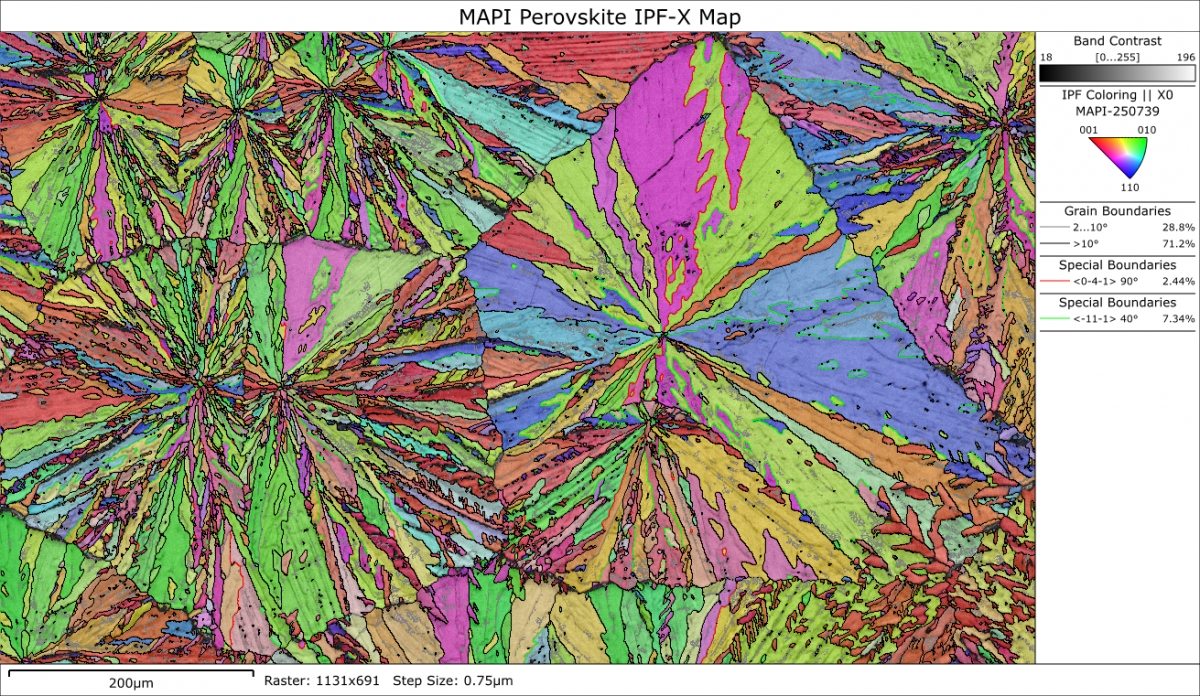NCM cathode material characterised using EBSD
Discover how EBSD can be used to obtain grain size and texture information from NCM (nickel, cobalt, manganese) cathode material. By characterising and comparing samples of different cathode materials at different stages of the battery’s lifetime, it's possible to link the performance with the microstructure and improve understanding of how the materials can be optimised.



 公安机关备案号31010402003473
公安机关备案号31010402003473